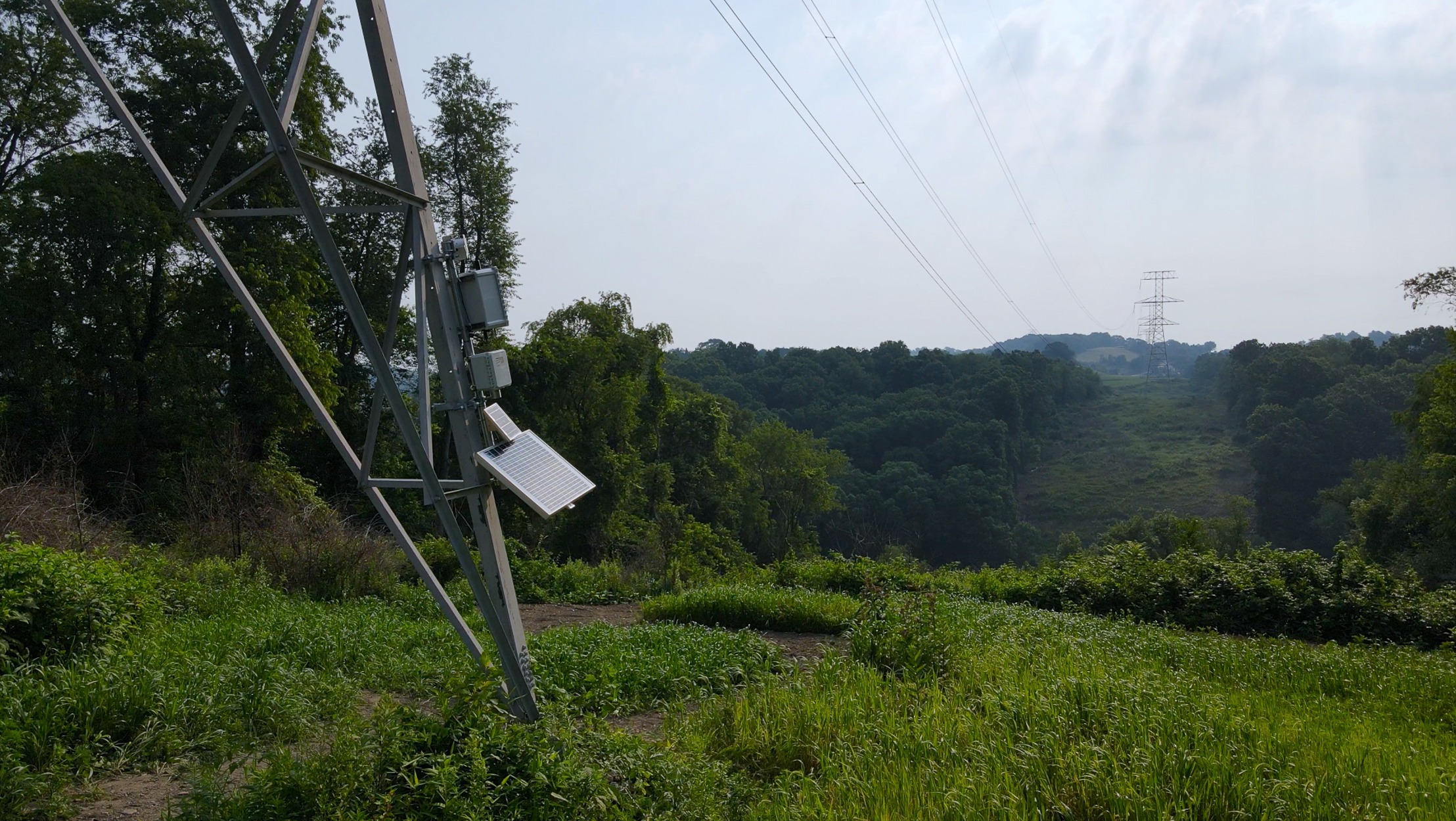
Pittsburgh-based energy provider Duquesne Light Co. (DLC) has launched a pilot program to install no-contact sensors on several of its transmission towers, new technology that will improve service reliability.
The pilot project, which began in July, is being done in conjunction with LineVision, a firm that provides electric utilities with the real-time monitoring and predictive analytics needed to secure the future of the grid. This pilot project features real-time and forecasted dynamic line ratings to monitor transmission conductors and uncover additional grid capacity. The data that is gathered from DLC’s program will help address line congestion, assess line conditions, and better determine when maintenance is required. The overall goal of this initiative is to make service more resilient, efficient, and affordable.
The Federal Energy Regulatory Commission (FERC) proposed line rating guidelines earlier this year to encourage utilities to use this technology.
“This project is part of DLC’s multi-year, $2.6 billion investment in innovative technologies that enable us to modernize the grid and continue meeting the energy demands of our customers. Overall, our goal is to provide affordable, reliable, safe, and sustainable service, and this project hits all of those areas,” Josh Gould, director of innovation at DLC, said. “As one of the first electric utilities to use this technology, we can unlock greater capability on our existing transmission lines while also making it easier for more generation assets, including renewable energy, to be added to the grid. We are looking forward to the many benefits this project will bring to our customers and communities.”
DLC delivers energy to more than half a million customers in southwestern Pennsylvania.
With the initiative, DLC is at the forefront of innovative thinking on how to solve these issues, said Jonathan Marmillo, vice president of product at LineVision and the company’s co-founder.
“Record-setting demand for energy and changing system dynamics are tasking utilities with the challenge of how to best maintain system reliability while simultaneously transitioning how we deliver power,” Marmillo said.